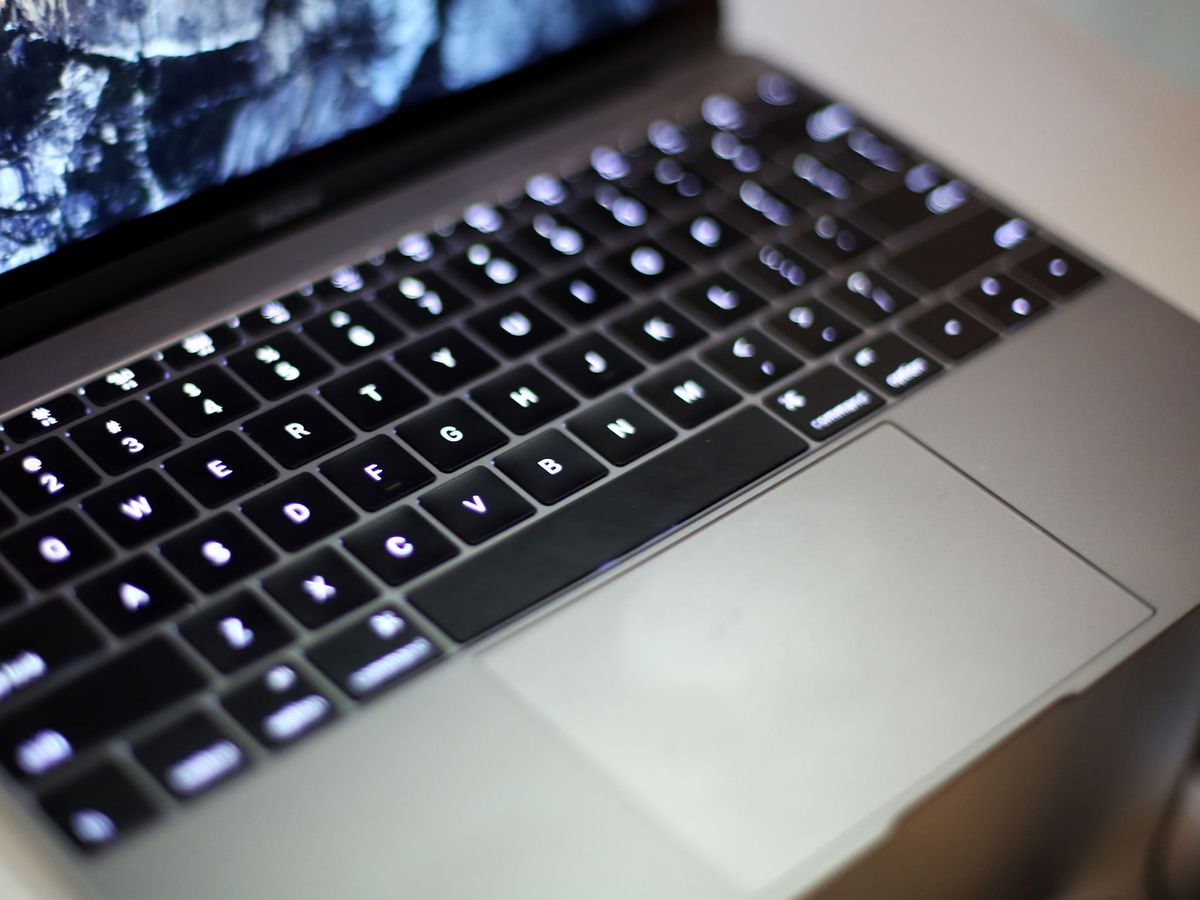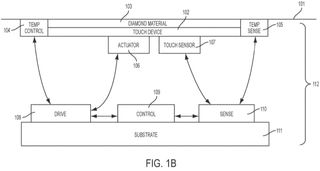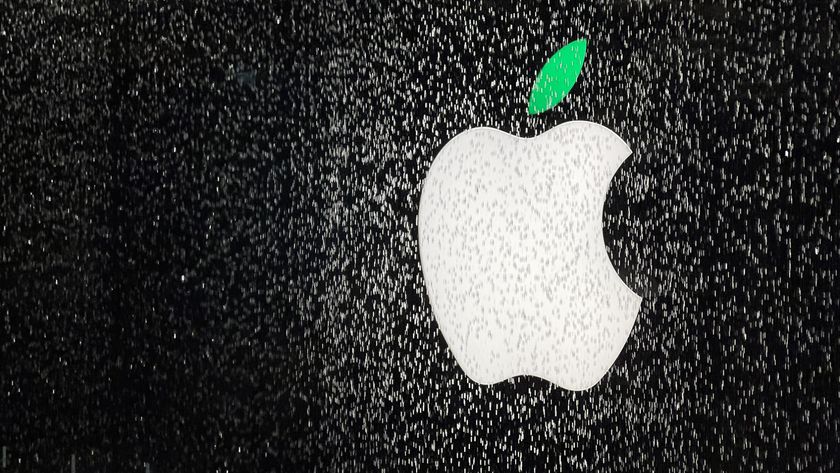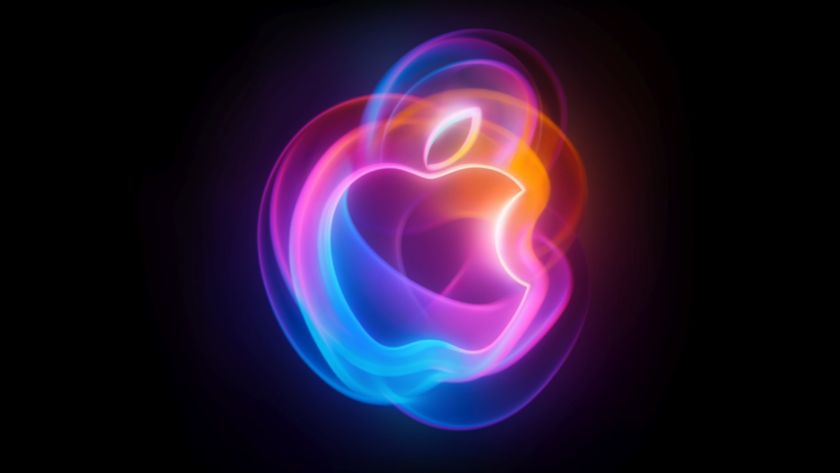Apple patent points to a touch surface that could simulate different textures and temperatures

What you need to know
- An Apple patent published today has revealed the potential tech behind a touch surface that can simulate materials.
- Actuators beneath the surface could simulate the feel of different material using vibration.
- A temperature control device would also control how these materials might feel to touch.
An Apple patent published today has revealed the technology behind a patent that could allow the creation of a touch surface that can simulate the sensation of touching different types of material.
The patent is called "Touch surface for simulating materials" and its description states:
A method of simulating a material using a touch-sensitive surface, comprising: locally controlling a temperature of a portion of the touch-sensitive surface using a temperature control device positioned directly beneath the touch-sensitive surface; and vibrating the portion of the touch-sensitive surface using one of a set of actuators that are positioned directly beneath the touch-sensitive surface in contact with the touch-sensitive surface; wherein a temperature and vibration of the portion of the touch-sensitive surface simulates a temperature and feel of the material.

The patent could be used to create a touch surface that could simulate the texture of different materials using actuators, whilst a temperatue control function could increase or decrease the temperature of the surface to further enhance the sensation.
It revolves around at least one touch surface, one actuator or one temperature control device and one control unit.
The control unit may control the actuator or the temperature control device to cause at least a portion of the touch surface to simulate a material.
The patent explains how an actuator could move vertically/horizontally to vibrate the touch surface, so as to simulate the tactile senation of texture. The stronger the vibrations, the rougher the surface would feel. These vibrations could be varied over time to further simulate the feel of certain surfaces, for example:
The vibrations may be varied over time in response to detection of a touch moving across the touch surface in order to simulate the grain of a wood surface.
The control can also utilize temperature control using a Peltier device, simulating the thermal conductivity of a particular material:
For example, a glass surface may be controlled to have the temperature of a relatively cooler metal material and/or a relatively warmer wood material.
The temperature, like the vibration can be varied over time, to simulate the physics of the temperature increase that occurs as a surface responds to heat from a user's finger. For example, when you touch metal repeatedly, it feels cold to begin with but gradually warms up.
Master your iPhone in minutes
iMore offers spot-on advice and guidance from our team of experts, with decades of Apple device experience to lean on. Learn more with iMore!
Application of the technology can be applied to an entire touch surface or to a smaller portion of the surface. There are illustrations of a laptop within the patent, however the description notes that this could be used with any electronic device that includes a touch device or touch surface including a track pad, touch screen or button.
This patent is pretty out there. It begs the question of what kind of real-world application a technology like this could have. For example, could it allow you to "choose" the texture of a MacBook trackpad, so that it felt like you were actually touching wood, glass or something else? As always a patent is no guarantee we'll ever see this technology, but this is certainly one to spark discussion. How else could Apple apply a touch surface that can mimic different textures and change temperature? Let us know!

Stephen Warwick has written about Apple for five years at iMore and previously elsewhere. He covers all of iMore's latest breaking news regarding all of Apple's products and services, both hardware and software. Stephen has interviewed industry experts in a range of fields including finance, litigation, security, and more. He also specializes in curating and reviewing audio hardware and has experience beyond journalism in sound engineering, production, and design. Before becoming a writer Stephen studied Ancient History at University and also worked at Apple for more than two years. Stephen is also a host on the iMore show, a weekly podcast recorded live that discusses the latest in breaking Apple news, as well as featuring fun trivia about all things Apple. Follow him on Twitter @stephenwarwick9











